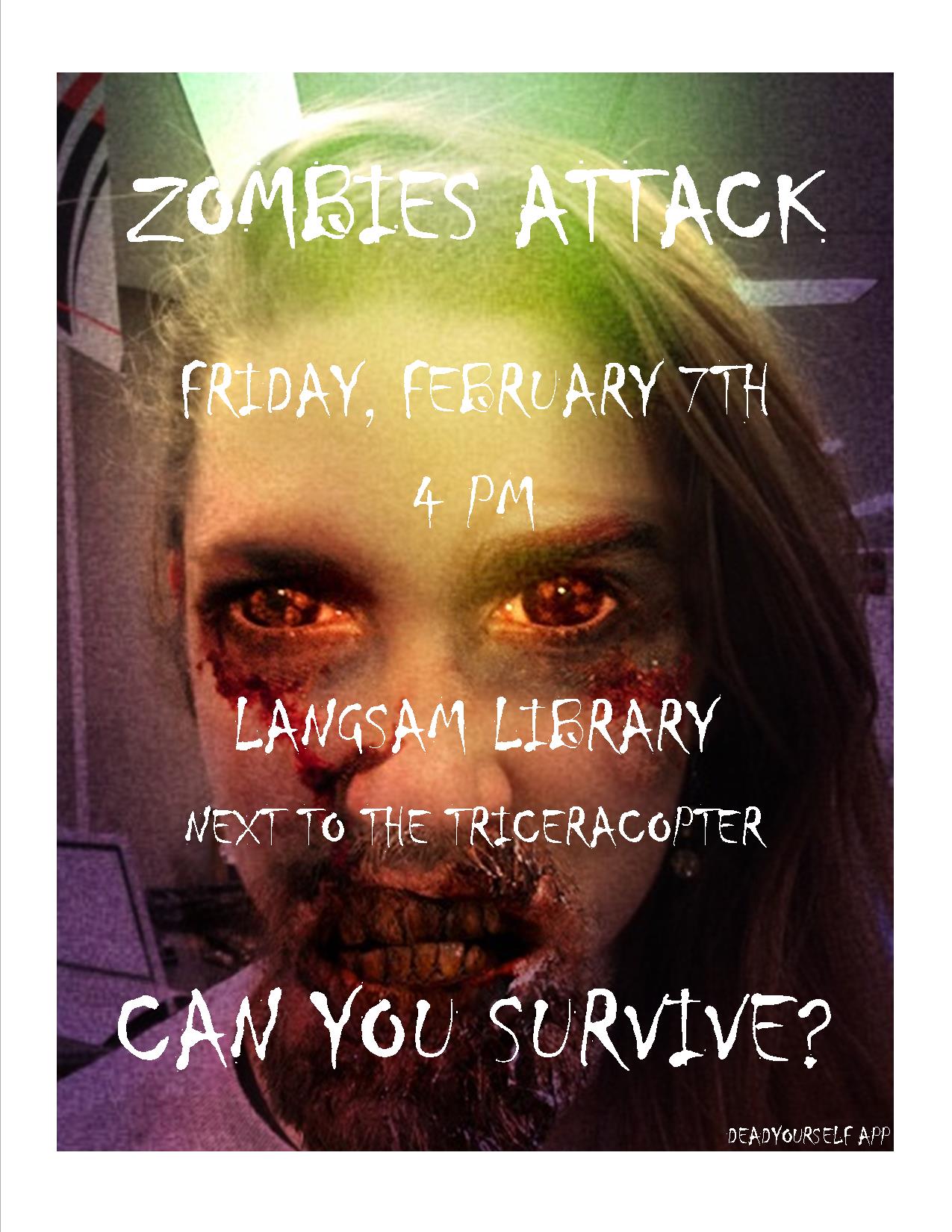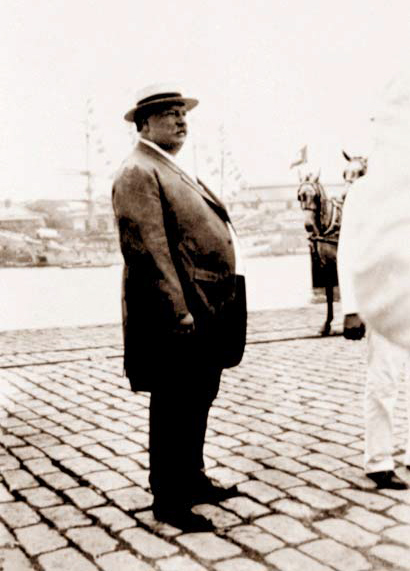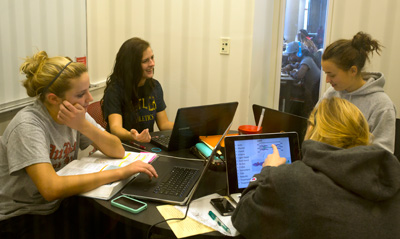 Books Good Enough to Eat!
Books Good Enough to Eat!
Create an Edible Book for the International Edible Books Festival, Tuesday, April 1, at 1:00pm in the 5th floor lobby of Langsam Library

 Books Good Enough to Eat!
Books Good Enough to Eat!
Create an Edible Book for the International Edible Books Festival, Tuesday, April 1, at 1:00pm in the 5th floor lobby of Langsam Library
The Web of K nowledge has a new name and a new design. The Web of Science continues to have all the same features and functions as in earlier versions of the product, but has been streamlined for faster and easier use.
nowledge has a new name and a new design. The Web of Science continues to have all the same features and functions as in earlier versions of the product, but has been streamlined for faster and easier use.
A few of the new features are:
Another change is that the UC Article Linker button is only visible after you click on “Full Text”.
See a quick tour of the new design here: http://youtu.be/Ulfu0njSZN0
Access the Web of Science from the Health Sciences Library home page under Express Links in the center of the page. Questions? Contact Edith Starbuck at 513-558-1433 or edith.starbuck@uc.edu
 Langsam Library will offer extended exam hours February 11th through 20th.
Langsam Library will offer extended exam hours February 11th through 20th.
Monday-Thursday: 7:45am – 2:00am*
Friday-Saturday: 7:45am – 6:00pm
Sunday: 12:00pm – 2:00am*
![]()
On February 1, 2014, Scopus released a new more action driven design. New redesign features include:
For more information see the Scopus Blog or explore Scopus. Questions? Contact Edith Starbuck at 513-558-1433 or edith.starbuck@uc.edu
 Friday @ 4 in Langsam Library
Friday @ 4 in Langsam Library
February 7th, 2014, 4pm, 4th floor (next to the Triceracopter)
Zombies Attack!
Build your survival kit so you can (hopefully) stay alive during the zombie apocalypse!
Prizes will be awarded to the team with the best kit/most surviving members!
Food will be provided to both zombies and non-zombies alike!
 Please join us for a public lecture featuring author Margo Taft Stever and Professor Hong Shen of Zhejiang University, Hangzhou, China.
Please join us for a public lecture featuring author Margo Taft Stever and Professor Hong Shen of Zhejiang University, Hangzhou, China.
Thursday, February 13, 2014 ~ 10am-noon
Baur Room (room 3880 Corbett Center for the Performing Arts, College-Conservatory of Music)
Together with James Taft Stever, Margo Taft Stever and Hong Shen published the book Looking East: William Howard Taft and the 1905 U.S. Diplomatic Mission to Asia, The Photographs of Harry Fowler Woods (Zhejiang University Press, 2012).
Recently AccessAnesthesiology, AccessMedicine, AccessPediatrics, AccessPharmacy, and AccessSurgery moved to a new platform. The content is the same including more than 180 titles including Harrison’s Online, CMDT, Schwartz’s Principles of Surgery, Tintinalli’s Emergency Medicine, Pharmacotherapy: A Pathophysiologic Approach, and more.
New features come with the new platform:
In addition to AccessMedicine and AccessPharmacy links on the HSL home page, find links to all the Access resources – AccessAnesthesiology, AccessMedicine, AccessPediatrics, AccessPharmacy, and AccessSurgery on the Health Sciences Library website on the eBooks page and the Point of Care page.
If you have any questions, please contact Edith Starbuck at 513-558-1433 or edith.starbuck@uc.edu
 Renovations are underway to the 5th- floor group study rooms in Langsam Library to bring more light, technology and enhanced physical connection to the library.
Renovations are underway to the 5th- floor group study rooms in Langsam Library to bring more light, technology and enhanced physical connection to the library.
UC Libraries will be closed Monday, January 20 in observance of Martin Luther King Day. The Donald C. Harrison Health Sciences Library is the exception and will be open 9:00 AM – 5:00 PM (Monday).